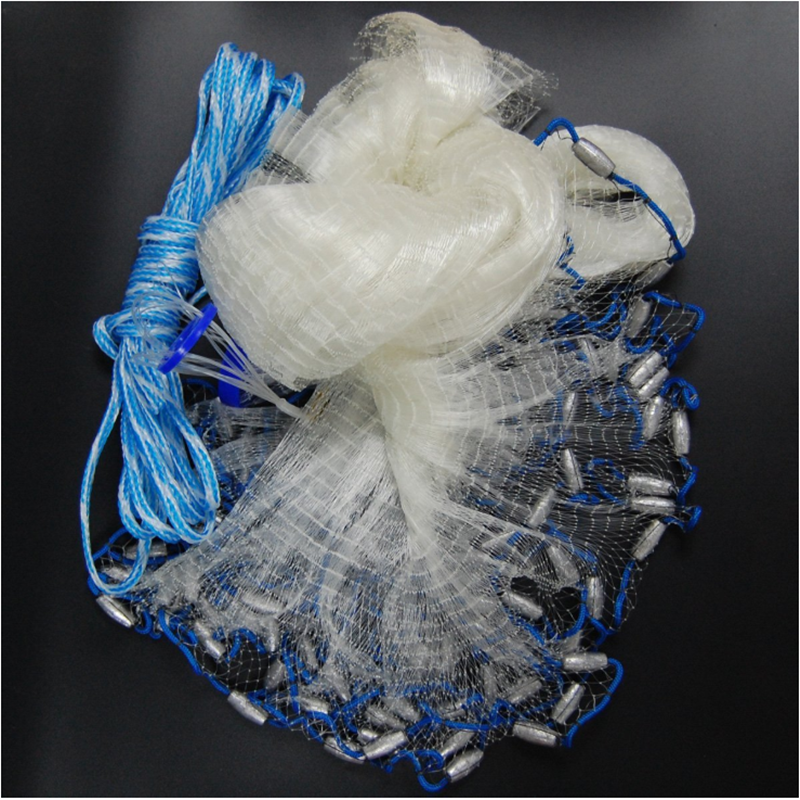Choosing the right fishing net involves careful consideration of various factors, ensuring optimal performance on your fishing expeditions. Key aspects to weigh include the mesh, hoop, handle, overall durability, and a balanced price point, bearing in mind the correlation between cost and quality.
Selecting the Perfect Mesh
The mesh should strike a balance between being soft and lightweight for effective underwater use, yet durable enough to withstand natural elements. Mesh materials vary, with nylon and nylon-coated mesh being ideal for recreational fishing, rubber mesh suitable for catch-and-release scenarios, and knotless mesh preferred for river and stream fishing.
The choice of mesh depends on the fishing type; nylon is affordable but prone to tangling, rubber mesh is soft but wears out faster, and knotless mesh minimizes tangles but comes at a higher cost. Mesh size, indicated by the holes, plays a crucial role, with smaller holes recommended for delicate fish like stream trout and larger holes for species such as walleye and bass.
Consideration should also be given to water resistance, with smaller mesh offering less resistance but being more challenging to maneuver through water.
Choosing the Right Hoop
The hoop, responsible for securing the netting, is equally important. Look for a rust-resistant metal hoop, preferably aluminum alloy, with a scoop at the end for efficient fish trapping. The hoop size should align with the target fish species, and a larger hoop is suitable for catching larger fish.
Handle Matters
Fishing nets come with aluminum, fiberglass, or wooden handles, each with its pros and cons. Aluminum and fiberglass are strong yet lightweight, while wooden handles offer attractiveness and sturdiness. Handle length is critical, with short handles facilitating easy movement but requiring closer proximity to the fish, and long handles suitable for fishing in choppy waters or deeper areas.
A comfortable grip is essential, and handles with EVA grips provide a firm yet comfortable hold. Consider features like foldability, sliding, and telescoping for added convenience.

Overall Durability and Quality
Durability is a key factor for fishing nets, and materials such as rust-resistant metal and sturdy mesh contribute to their longevity. Realistic expectations should be set, considering wear and tear over time, especially with frequent use.
Balancing Price and Quality
Fishing net prices vary based on material and size. Nylon mesh nets are more affordable, while rubber and knotless mesh nets command a higher price for enhanced quality. Choosing between a reasonably-priced, lower-end net and a higher-end, more expensive option depends on personal preferences and fishing needs.
In summary, the effectiveness of a fishing net is not solely determined by its price but also by proper usage, knowledge, and skills. It serves as a tool that, when wielded with expertise, becomes an indispensable asset on your fishing ventures. Invest time in understanding its features, watch instructional videos, and observe experienced anglers to maximize its potential as an essential tool in your fishing arsenal.
Image:
Source: huaxingnets





